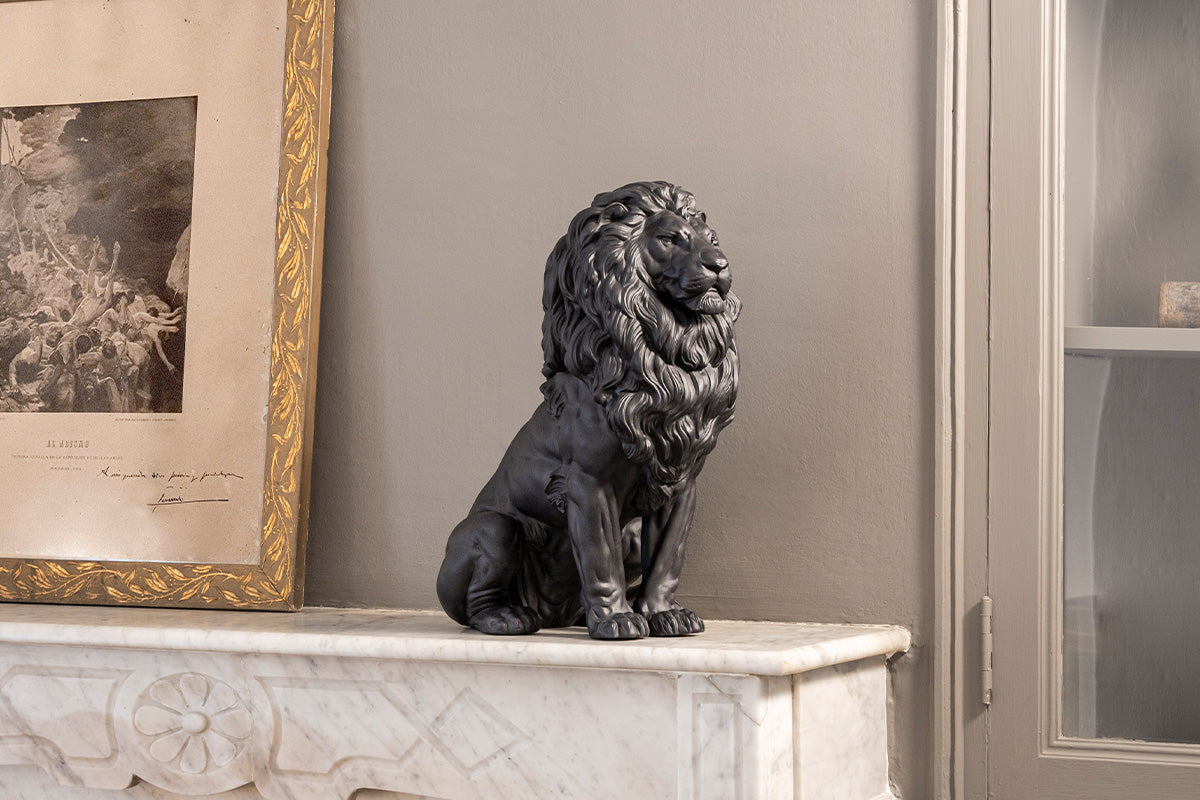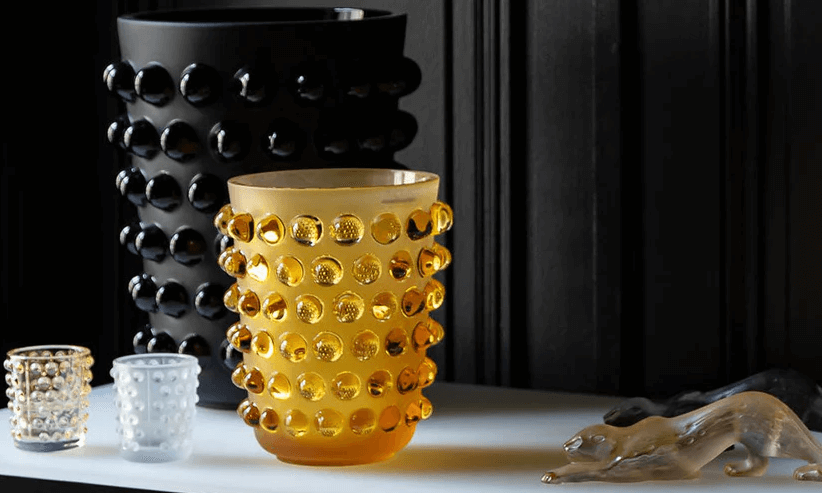Bust Sculptures: The Origin of The Ancient Art
Tagged with:Art and Design
Share
The Romans kept bust sculptures of their dead family members, displaying them in the house. But why?

Busts are sculptural portraits that stopped at the neck (or sometimes chest). This goes way back to the Egyptian times, but there wasn’t much documentation on why the Egyptians just had busts made rather than a whole sculpture. The busts we now all recognise was a Hellenistic Greek invention (though this is five centuries post-Egyptian busts), to record the most distinctive characteristics of each person.
African Colours and African Soul are two busts embracing the beauty of people of black descent adorned with unique trappings. Busts truly give the viewer a more intimate appreciation of human faces.
The Romans took this a bit further as this was a way for them to depict their family members, and show respect via ceremonial festivities. The Romans have always considered family and lineage to be of importance, and they proudly show respect for their ancestors. Romans are slightly different to the Greek as they prefer a realistic depictions of people. Greek statuary idealised human forms, and Greek busts were made with an inclination to beauty, as they believed that those with virtue exude beauty. Roman busts are much more anatomically accurate, warts, wrinkles, imperfections and all. This likeness with the actual individual was highly regarded amongst the Romans. Subsequently, in Ancient Rome, the bust sculpture was also seen as a symbol of wealth, as not everyone had the means to get it made for the whole family. The trend then was for a wealthy family to have a whole genealogical chart of deceased family members and living family members at home.
The bust sculpture format (as opposed to full-bodied sculptures) are much easier to make, much more space effective, and can be made with a larger variety of materials. It’s so much less work and also more economical. The medium used can be much wider as it can be made in weaker materials such as terracotta, which isn’t used in full-bodied sculptures as it doesn’t have the strength for the sculpture to stand.


This Water Carrier Girl (Bust) piece allows space for delicate enamel work and focuses on her expression (left). Details such as the dogs’ eyes and hair are much more detailed in this Dogs Bust piece.
LLADRÓ BUST SCULPTURES
Lladró has been making busts of people and animals since the 1980s. With busts, they are able to focus on more details that would otherwise gone unnoticed in a full piece. These busts also give the artisans a larger canvas to be creative, as they are not limited to the the small scale decorations they were used to.

The Lily bust features two large red flowers
The Lily and Daisy busts highlight the realistic features of both women, and celebrates their beauty. At the same time, it serves as an elevated canvas for the only colourful element on these pieces, the flowers. Place these pieces on your coffee table and you won’t need to make a trip out during the pandemic to replace dying flowers. Lily has two large red flowers, accompanied by two small green flowers and some curled leaves.
La Bella Catrina is the icon of the Day of the Dead in Mexico, one that celebrates the deceased, and all they championed in their life. She’s known for her elaborate face markings and flowers in her hair, all done to perfection by the artisans at Lladró with this limited edition release.
Read more about the story of La Bella Catrina here.





